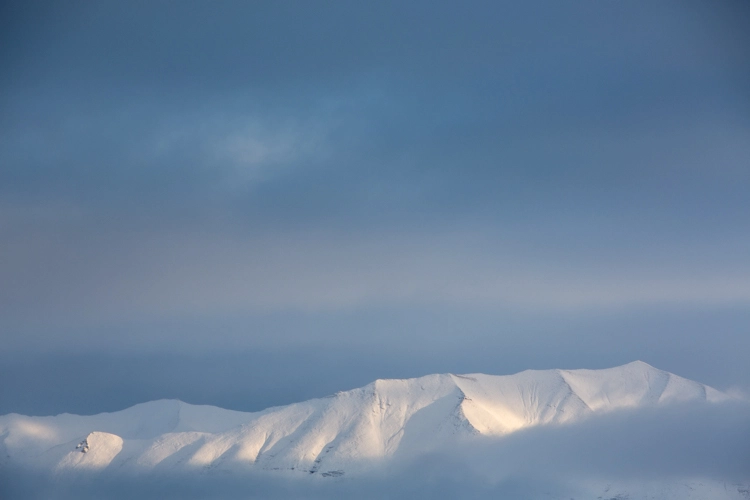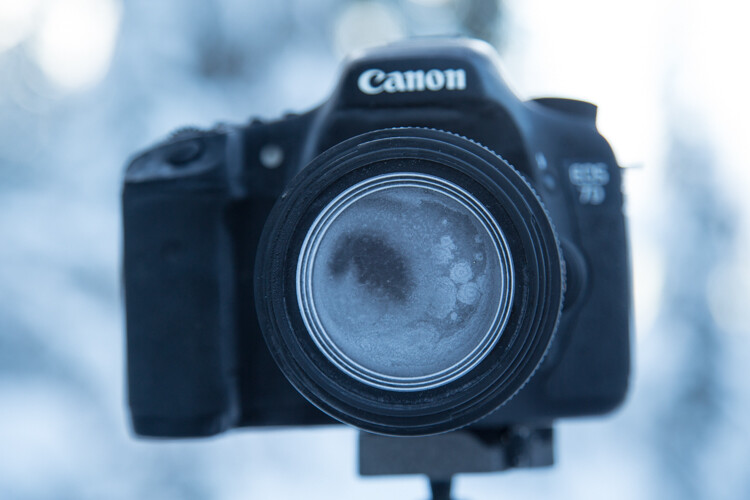Home > Cold Weather Photography: How to (Safely!) Take Photos in the Cold

If you follow the amazing images of cold weather, you should dress appropriately.
It does not matter if the light is good and the place looks good by lowering the jaws; if you get snow on your fingers and can’t use the camera, you won’t get a picture
So what should you wear? The details depend on the weather, but I am a big supporter of the layers. When I wear my winter photo gowns, I feel like an onion, because I wear long underwear, and then a wool jersey or wool trousers, and then a low-rise or synthetic vest, an 800-fill jacket with a hood, airtight. Thinsulate trousers, two pairs of thick woolen socks embroidered with expedition quality winter boots, a musher-style hat full of earrings, a balaclava or face mask, and nimble gloves with a pair of extra hangers hanging from the wrists. And I would often throw a few chemical hand warmers in the pockets of my jacket.

A cold battery will not work as a warm battery – so on a very cold day, your camera and flash batteries will only last only a short time.
To prevent any problems, here’s what you need to do:
1. Make sure your batteries are fully charged before you go out to shoot. Each battery must be fully charged and ready for use, since every drop of electricity is essential.
2. Carry as many backup batteries as possible. You can purchase extra batteries from all standard photo vendors (though make sure they fit your specific camera model!). You could also consider purchasing batteries from outside companies.
3. Keep all your backup batteries in your inner jacket pocket. You can even replace the dead batteries in your camera later in a warm pocket, and they will let you shoot for a few more minutes. I find that I can shoot at extremely cold temperatures the best part of the day by riding two batteries and back and forth from my pocket to my camera, although the details will vary, depending on your camera’s power requirements.

Have you ever tried to breathe your lens too cold? Don’t do it. Be careful where you breathe. When rotating your camera to check lens settings, do not exhale. And if you stand in front of your camera, do not let the air in the wrong direction.

Although fog lenses are often the result of breathing or sudden changes in temperature, when shot at night, there is always the possibility that natural frost will form.
To avoid this, close your lens cap if you are not shooting. Make it a practice to use that lens whenever you take a break, want a new make-up, or move from one place to another.
Personally, when I go out shooting aurora at night, my cap is on my lens, even if I only walk a short distance to a new shooting area.
Did you know that moving from a cold place to a hot spot can cause congestion in glass? That is why the mirrors are often filled with fog when they arrive from the cold, and why, on a hot day, a glass of cold beer collects a summary.
For lenses, this can be very problematic. A cold lens fitted directly inside will be foggy, so you will not be able to use it for any home photos – and excess moisture can lead to grease, oil, and possibly even fungus on the front part of the lens.
The cold scares many photographers, and rightly so. But with a few safety precautions – bringing warm clothes, charging backup batteries, avoiding frostbite, and turning on the rotation – you can keep your gear safe, and you can still take lots of great photos along the way!
Monday – Saturday:
11:30 AM – 9pm
Copyright © 2025. All Rights Reserved.
Website Powered By DABBS Solutions Pvt. Ltd.
Social Chat is free, download and try it now here!